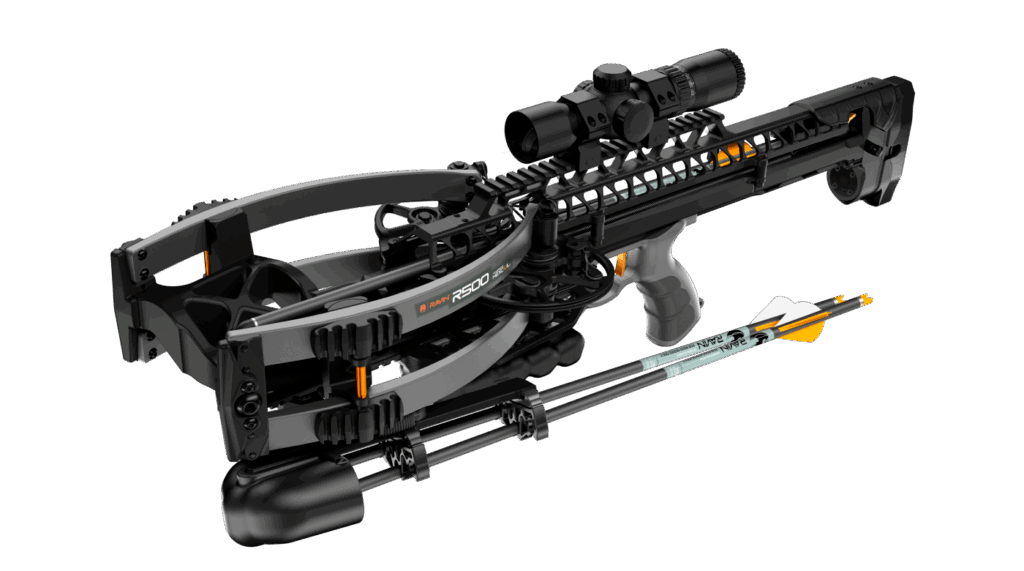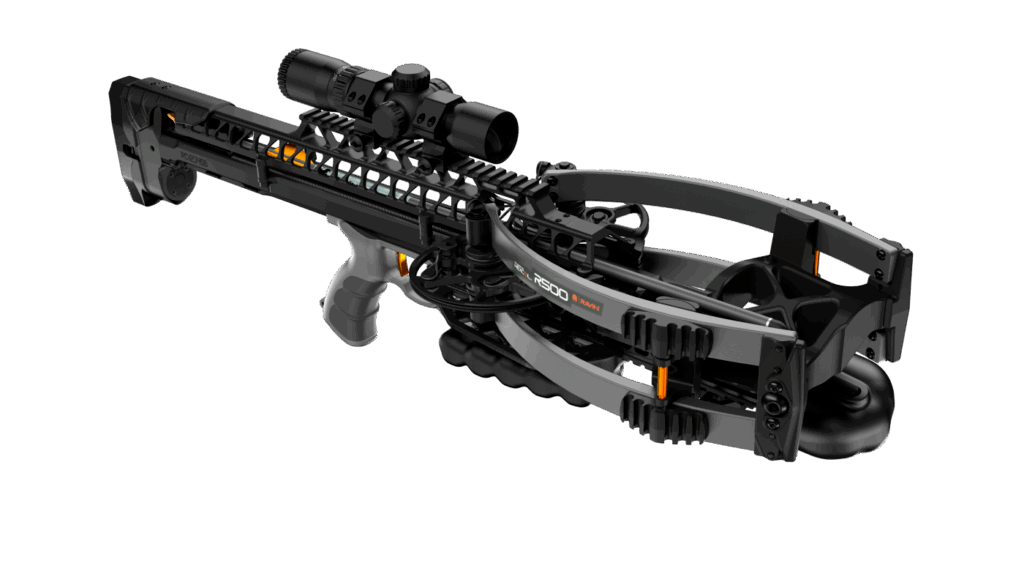When choosing a modern crossbow, one of the key decisions hunters must make is Manual vs Electric Cocking. This choice can significantly impact your overall hunting experience, from physical effort and noise levels to speed and convenience. With electric cocking systems gaining popularity in high-end models like the Ravin R500E, understanding the pros and cons of each cocking method is essential before making your purchase.
Manual vs Electric Cocking
Let’s break down the differences between manual cocking and electric cocking, focusing on performance, practicality, and price.
⚙️ Manual Cocking
Manual cocking typically involves using a rope cocking aid or built-in crank system. It’s the traditional method used by most entry-level and mid-range crossbows.
? PROS
- Lightweight: Manual systems add little to no extra weight to the crossbow.
- Fewer Mechanical Parts: Less chance of failure or malfunction.
- Lower Cost: Manual cocking crossbows are generally more affordable.
- Silent Operation: Rope cocking is virtually noiseless, especially important when stalking game.
? CONS
- Physical Effort Required: May be challenging for some users, especially in cold weather or high-stress scenarios.
- Slower Reloading: Takes more time to cock and prepare for the next shot.
- Less Consistency: Cocking unevenly can lead to accuracy issues.
⚡ Electric Cocking
Electric cocking systems, like the Ravin VersaDrive™ System, use battery-powered motors to automate cocking and decocking at the push of a button.
? PROS
- Ease of Use: Requires no physical effort, ideal for all skill levels and physical conditions.
- Faster Reloading: Allows quicker follow-up shots—critical in the field.
- Precision: Provides even, repeatable cocking tension for better accuracy.
- Safe and Convenient: Decocking the crossbow is fast and safe without needing to shoot.
? CONS
- Added Weight: Battery and motor components increase the overall weight of the crossbow.
- Cost: Electric systems come at a premium price.
- Battery Dependency: Requires charging and may fail in extreme weather if not properly maintained.
- Potential Repairs: More mechanical and electronic parts mean a greater risk of malfunction or wear.
Conclusion
The decision between Manual vs Electric Cocking ultimately depends on your hunting needs, physical ability, and budget. Manual cocking is ideal for those who prefer simplicity, light weight, and cost savings—especially hunters in remote locations where reliability is crucial. On the other hand, electric cocking offers unmatched convenience, speed, and precision, making it a perfect fit for hunters who value efficiency and don’t mind paying extra for cutting-edge technology.
If you’re leaning toward an electric system, check out models like the Ravin R500E or R470E XK7. For more budget-friendly manual options, consider the Ravin R29X or R500 Manual.
Explore our related guides to get even more clarity:





